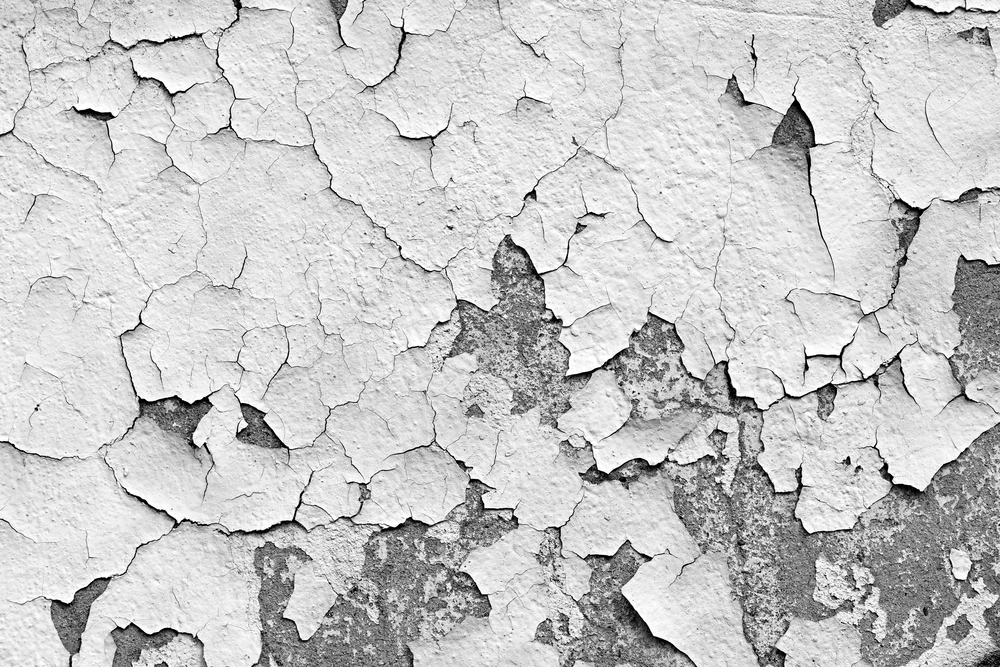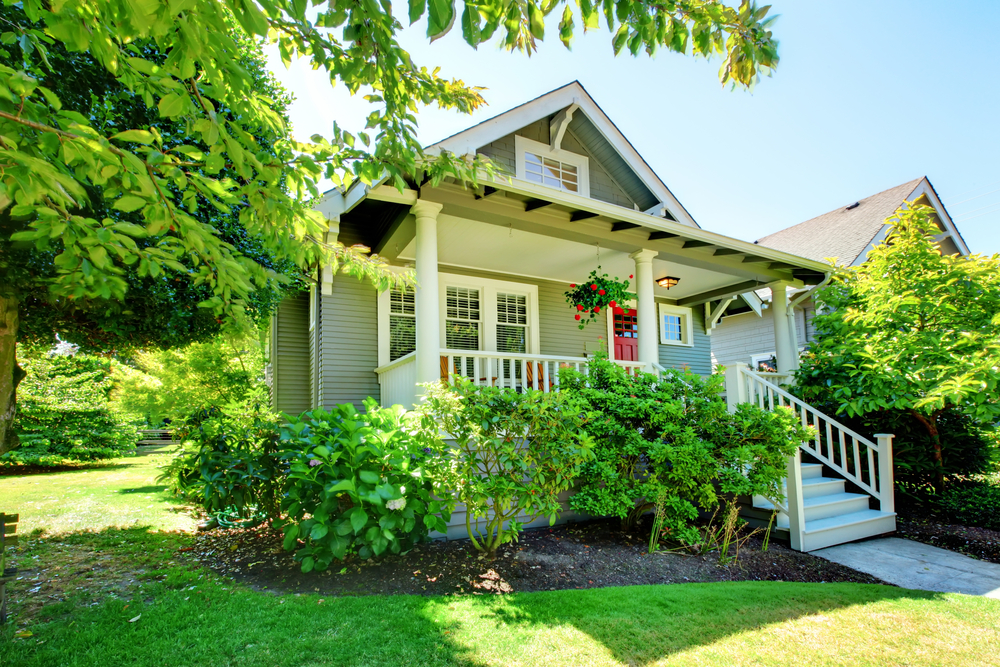Replacing siding in high-altitude areas like Truckee and Lake Tahoe requires careful planning. Harsh winters, heavy snow, intense UV exposure, and freeze-thaw cycles can accelerate wear, reducing the lifespan of even high-quality siding. Whether you’re managing a residential cabin or a commercial property, knowing how often to replace siding and which materials perform best in snow climates is critical. In this guide, we’ll cover key factors affecting siding durability, signs it’s time for replacement, and tips to keep your property protected year-round.
Understanding the Lifespan of Siding in Mountain Climates
The manufacturer’s warranty on siding can give you a general idea of its lifespan, but those estimates are often based on ideal conditions. In a mountain climate, reality is much harsher. The combination of intense weather events unique to high altitudes means that siding materials are under constant stress, which can significantly shorten their effective life. Understanding these factors is the first step toward making an informed decision about your property.
Average Lifespan of Fiber Cement, Vinyl, and Wood Siding
Not all siding is created equal, especially when facing the challenges of a place like Truckee. Here’s a realistic look at how long you can expect different materials to last:
- Fiber Cement Siding: Often considered the best siding for snow climates, fiber cement (like James Hardie) can last 30 to 50 years or even longer. Its composition of cement, sand, and cellulose fibers makes it incredibly resistant to moisture, rot, pests, and fire. Its dimensional stability means it won’t warp or crack easily during freeze-thaw cycles.
- Wood Siding: With dedicated maintenance, wood siding can last 20 to 40 years. Its natural beauty is perfect for a mountain aesthetic, but it is vulnerable to moisture, rot, and pests. To reach its maximum lifespan, it requires regular staining or sealing every few years to protect it from the elements.
- Vinyl Siding: High-quality vinyl siding can last 20 to 40 years. It’s a low-maintenance, cost-effective option. However, in high-altitude areas, it’s essential to choose a premium, thicker grade of vinyl. Cheaper products can become brittle in extreme cold and may crack on impact or fade under intense UV light.
How High-Altitude Weather Accelerates Wear
High-altitude conditions create a perfect storm of factors that degrade siding faster than in other environments. Intense UV radiation breaks down protective finishes and can make materials brittle. The sheer weight of snow accumulation puts physical stress on panels, while the constant freeze-thaw cycles pry open seams and joints. This accelerated wear means that a siding replacement in Truckee might be needed sooner than in a more temperate climate, making material choice and installation quality incredibly important.
Factors That Affect Siding Durability in High-Altitude Areas
The longevity of your siding depends directly on its ability to withstand the specific environmental challenges of the Sierra Nevada. These three factors are the primary culprits behind premature siding failure in our region.
Snow, Ice, and Freeze-Thaw Cycles
Heavy snowfall is a defining feature of life in Lake Tahoe and Truckee. When snow piles up against your home, it creates a constant source of moisture. As the sun melts the snow during the day, water runs into any available crack or crevice. At night, temperatures drop, and that water freezes, expanding with enough force to widen gaps, pop nails, and break seals. This relentless cycle attacks the weakest points of your siding system, leading to widespread damage over time.
UV Exposure and Sun Damage at High Elevation
At higher elevations, the atmosphere is thinner, offering less protection from the sun’s powerful ultraviolet (UV) rays. This intense exposure can cause the color of your siding to fade dramatically, making your property look old and worn. More importantly, UV radiation breaks down the chemical bonds in materials like vinyl and paint, causing them to become brittle and lose their protective qualities. This is a key contributor to reduced high-altitude siding durability.
Local Pests and Moisture Concerns
Moisture and pests go hand in hand. Once water penetrates your siding, it creates a damp environment that is attractive to pests like carpenter ants and termites. It also promotes the growth of mold and mildew, which can pose health risks and cause unpleasant odors. Wood siding is particularly vulnerable, but any siding with compromised seals can allow pests and moisture to infiltrate the structure of your home.
Signs It’s Time to Replace Your Siding

Your siding will give you clear signals when it’s nearing the end of its life. Ignoring these signs can lead to more extensive and expensive structural damage. Be on the lookout for these red flags.
Cracking, Warping, and Rot
Take a walk around your property and look closely at the siding panels. Do you see any long cracks, boards that are bowing or pulling away from the wall, or panels that have warped into a concave or convex shape? These are all signs of physical failure. If you have wood siding, gently poke any suspect areas with a screwdriver. If the wood is soft and spongy, you have rot, which is a clear indication that a replacement is necessary.
Fading Colors and Peeling Paint
Significant color fading is more than just a cosmetic issue; it’s a sign that the protective finish of your siding has been compromised by UV radiation. Peeling, bubbling, or chipping paint is another major warning sign. When the paint layer fails, the raw siding material underneath is left exposed to moisture, which can accelerate its deterioration.
Mold, Mildew, and Water Damage
Look for dark streaks or fuzzy green or black spots on your siding, especially in shaded, damp areas. This is likely mold or mildew, which signals that moisture is lingering on the surface. Check inside your home as well for signs of water damage, such as peeling paint or wallpaper near windows and doors, or water stains on your interior walls. These are serious indicators that water is getting behind your siding.
Residential vs. Commercial Siding Replacement Considerations
While both homes and businesses in Truckee need durable siding, their specific requirements can differ. A good Lake Tahoe siding contractor will understand these distinctions and tailor their recommendations accordingly.
Durability and Maintenance Needs for Homes
For residential siding, homeowners often balance aesthetics, durability, and maintenance. The goal is to choose a material that complements the home’s style while providing long-lasting protection with minimal upkeep. Energy efficiency is also a key concern, as a well-insulated siding system can significantly reduce winter heating costs.
Longevity and Safety Requirements for Commercial Properties
For commercial siding, the focus is heavily on longevity, low maintenance, and compliance with building codes. Siding on a commercial building must be incredibly durable to withstand public wear and tear. Fire resistance ratings are also a critical safety requirement. The goal is to protect the asset and minimize ongoing operational costs, making materials like fiber cement and metal panels popular choices.
Working with a Local High-Altitude Siding Contractor
In a specialized environment like the Sierra Nevada, local expertise is not just a benefit—it’s a necessity. The quality of your siding installation is just as important as the quality of the material itself.
Benefits of Hiring a Truckee Siding Contractor
A local contractor understands the specific challenges of building in the mountains. They know which materials perform best, are familiar with the local permitting process, and have established relationships with area suppliers. They have firsthand experience with snow loads, freeze-thaw cycles, and proper water management techniques, ensuring your installation is done right the first time.
Certifications and Experience for Residential & Commercial Projects
Look for contractors with certifications from leading manufacturers, such as being a James Hardie Elite Preferred Contractor. This proves they have been trained to install products according to the manufacturer’s strict guidelines, which is often required to validate the warranty. Ensure the contractor you choose has a strong portfolio of both residential and commercial siding projects in the local area.
Tips to Extend the Life of Your Siding in Truckee and Lake Tahoe
While eventual replacement is inevitable, you can take several steps to maximize the lifespan of your siding and protect your investment.
Regular Inspections and Maintenance
At least twice a year (in the spring and fall), walk around your property to inspect your siding. Look for any new cracks, loose panels, or damaged caulking. Clean your siding annually with a soft brush and mild detergent to remove dirt and prevent mildew growth. Keeping your gutters clean is also crucial, as overflows can send water cascading down your siding.
Choosing the Right Materials for Snow Climates
As we’ve discussed, material choice is paramount. Invest in the best siding for snow climates that you can afford. While options like fiber cement may have a higher upfront cost, their superior durability and low maintenance needs often make them a more economical choice in the long run.
Preventative Measures for Long-Term Protection
Take simple steps to protect your siding. Ensure sprinklers are not spraying directly onto your walls. Keep shrubs and tree branches trimmed back to allow for air circulation and prevent them from scraping against the siding. After a heavy snowfall, consider carefully removing deep snow drifts that are piled up against your home to reduce moisture exposure and physical stress.
Conclusion
Siding replacement in high-altitude areas is a long-term investment in your home or commercial property. Understanding the unique challenges of snow, ice, and UV exposure helps you choose materials that last longer and maintain curb appeal. Regular inspections, preventative maintenance, and working with a certified Lake Tahoe siding contractor ensure your siding performs optimally in Truckee’s mountain climate. By following expert advice and using the right materials, homeowners and business owners can extend the life of their siding and avoid costly repairs or a premature siding replacement in Truckee.
FAQs
1. How long does siding last in high-altitude areas?
Siding lifespan varies by material: fiber cement can last 30–50 years, vinyl 20–30 years, and wood 15–25 years. High-altitude weather accelerates wear, so local inspections are recommended.
2. What factors determine when to replace siding in Truckee?
Snow, ice, freeze-thaw cycles, UV exposure, water damage, and visible wear like cracking or warping all influence replacement timing.
3. Are there different requirements for residential vs commercial siding replacement?
Yes. Commercial projects often have stricter safety, structural, and maintenance standards, while residential siding focuses on aesthetics, insulation, and durability.
4. Can a local Lake Tahoe siding contractor help extend siding life?
Yes. Experienced contractors understand Truckee and Tahoe’s mountain climate, ensuring proper installation, flashing, and maintenance recommendations for long-lasting results.
5. Which siding materials perform best in high-altitude snow climates?
Fiber cement and engineered wood are top choices, combining durability, fire resistance, and low maintenance. High-quality vinyl can also work with proper installation and insulation.




